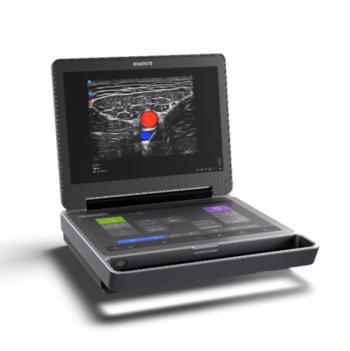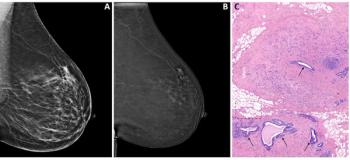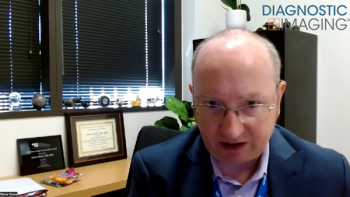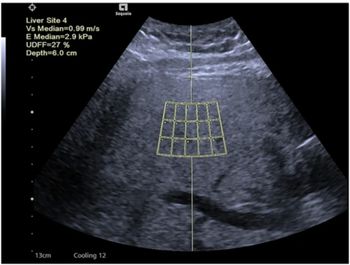
Successful Asian Oceanian Congress of Radiology takes place at the Taipei International Convention
The 13th Asian Oceanian Congress of Radiology (AOCR2010), taking “Radiology – The Core of Healthcare” as its theme, kicked off with concurrent tracks in musculoskeletal, abdominal, breast, cardiovascular, emergency, genitourinary, and interventional specialities. Chinese drums and a lion dance added fanfare to the opening ceremony.
The 13th Asian Oceanian Congress of Radiology (AOCR-2010), taking “Radiology – The Core of Healthcare” as its theme, kicked off with concurrent tracks in musculoskeletal, abdominal, breast, cardiovascular, emergency, genitourinary, and interventional specialities on Saturday, March 20th. World-famous experts such as Donald L. Resnick from San Diego, California, gave refresher talks on such topics as “Injuries of the knee: detective work for the radiologist” and “Tendon failure: anatomy, biomechanics, pathophysiology, and MR imaging.” Anne G. Osborn, a distinguished professor of radiology at the University of Utah, delivered one of the plenary lectures at the
congress’s opening ceremony the same afternoon. Chinese drums and a lion dance added fanfare to the opening ceremony. The ceremony was also graced by Dr. Hedvig Hricak from the Radiological Society of North America (RSNA) and Dr. Christian Herold from the European Society of Radiology.
The list of distinguished international faculty for the AOCR-2010 boasted more than 100 speakers, while about 2000 participants descended on the Taipei International Convention Centre in Taiwan. The three and a half days were packed with over 500 papers on a myriad of topics proffered (oral presentations, e-posters, and printed posters) myriad topics to choose from and a trade exhibition with about 40 booths. Lunch symposia as well as some satellite sessions were held in the nearby Grand Hyatt Taipei Hotel.
At the AOCR President’s Dinner, the stipends for those who qualified for the Young Investigators’ Award/Scholarships were given out. This is one of the efforts of the Asian Oceanian Society of Radiology (AOSR) through the AOCR to reach out to young radiologists. There was also a forum on the future of radiology and a reception for young leading radiologists.
The AOCR banquet and Taiwan Night was held on 22 March in the Grand Hotel, an imposing building with its ornate and traditional décor. Gold medals of the AOSR were awarded to Dr. Alexander R. Margulis from the U.S. and Dr. Sudarshan Aggarwal from India. Dr. Margulis, a renowned researcher, educator, and administrator, had dedicated his career to the advancement of radiology. His passion, achievements, and contribution to the development of radiology and his international relationships and collaborations, particularly with the AOSR, have been widely recognised. Dr. Aggarwal‘s medal was accepted on his behalf by his son, Bharat Aggarwal. Sudarshan organized the tremendously successful 1991 AOCR in New Delhi and has contributed to the growth and development of global radiology. Both radiologists are recognised internationally for their sterling contributions.
During the course of the congress, the AOSR General Assembly and the new executive council of the AOSR were held. Byung-Ihn Choi, M.D., Ph.D., from Korea is the new president of the AOSR (2010-2012). The AOSR executive council also held a meeting with the RSNA’s president, Dr. Hedvig Hricak, and executive director, Dr. Mark G. Watson, to explore areas where greater collaboration could be developed.
The AOCR-2010 was organised by the Chinese Taipei Society of Radiology and cohosted by the AOSR. Congratulations to Dr. Yi-Hong Chou, president of the AOCR executive committee, and his team for an educational extravaganza and, indeed, a congress to remember.
The AOCR is now a biennial event and the next AOCR will be from Aug. 29 to Sept 2, 2012, in
About the AOSR
The Asian Oceanian Society of Radiology was established in 1971 with the aim of developing radiology in the region and enhancing the networking of doctors and researchers. It has 24 member national societies within the Asian and Oceanian region with about 12,000 individual members. Its main activities include hosting the biennial congress and presenting educational programs.
Newsletter
Stay at the forefront of radiology with the Diagnostic Imaging newsletter, delivering the latest news, clinical insights, and imaging advancements for today’s radiologists.






























